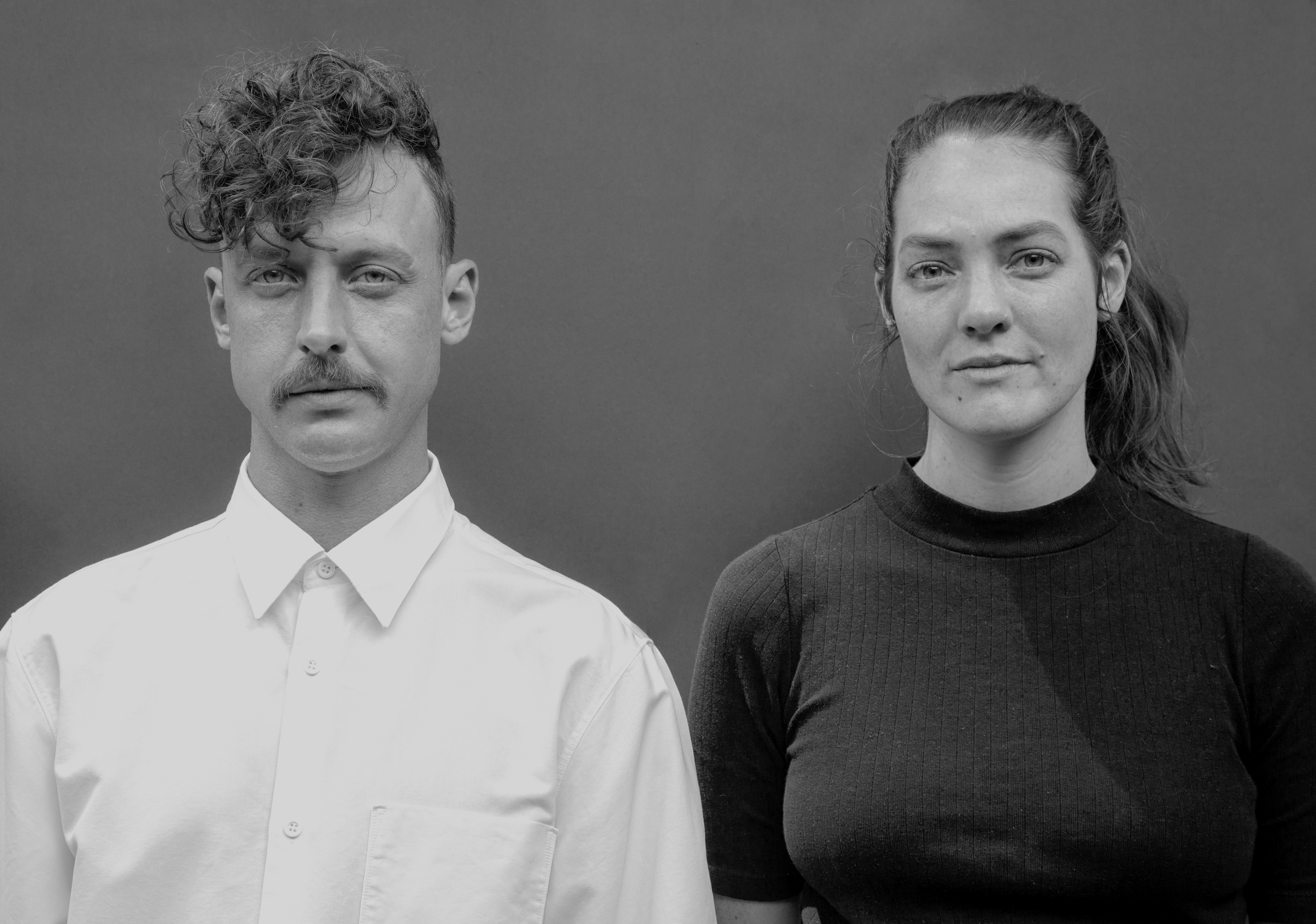
Elliott Bryce Foulkes and Maria Smit first crossed paths when they were studying a Bachelor of Design at UNSW College of Fine Arts (COFA), now Art & Design.
“We met during the first few weeks of studying and bonded over a shared interest in graphic design and textiles,” says Maria.
Throughout their studies the duo developed an ongoing collaborative practice before working together in studios over the following years.
Maria was born in Launceston and has since lived and worked in Sydney as a designer specialising in campaign and identity design. Elliott, who originally hails from Dubbo, is a Sydney-based art director and designer with a focus on designing identities and publications.
“Our practices occupy traditional applied contexts, in addition to non-applied experimental areas and self-imagined projects,” Elliott says.
A pivotal moment for the pair came in 2014 when they collaborated on the public design for safARI – the fringe event for the Biennale of Sydney. It was here they created their “first tangible outcome as a collaborative”.
The multidisciplinary designers are now exhibiting at UNSW Galleries. Their collection, Order of Events, explores how graphic design contributes to and creates space, occupying overlooked surfaces, scaffolds and supports, and elaborating on traditional print media and objects. The work is accompanied by an essay written by editor of Running Dog, Naomi Riddle.
“We are focused on how graphic design works as a material in addition to its perception as a process,” Maria says.
“Order of Events is an experimental design exhibition that questions how graphic design interacts with gallery and museum contexts, how these relationships might operate if upturned or reorganised, and what it means to exhibit graphic design in the first place,” says Elliott.
Working with the formal tropes of visual identity and collateral, the exhibition reflects on the dynamics between exhibited artwork and conventional design methodologies.
Sydney-based curator and art critic Susan Charlton described the collection as foregrounding “those elements of museum design that usually hover between the politely functional and the invisible.
"Drawing from the Australian Type Book of 1934 as their inspiration and de facto object, they play with typography, visual identity, directional signage, label systems, display materials and exhibition furniture to flip the order of things and make ambient objects the subject," she says.
Order of Events continues at UNSW Galleries until 1 June.
